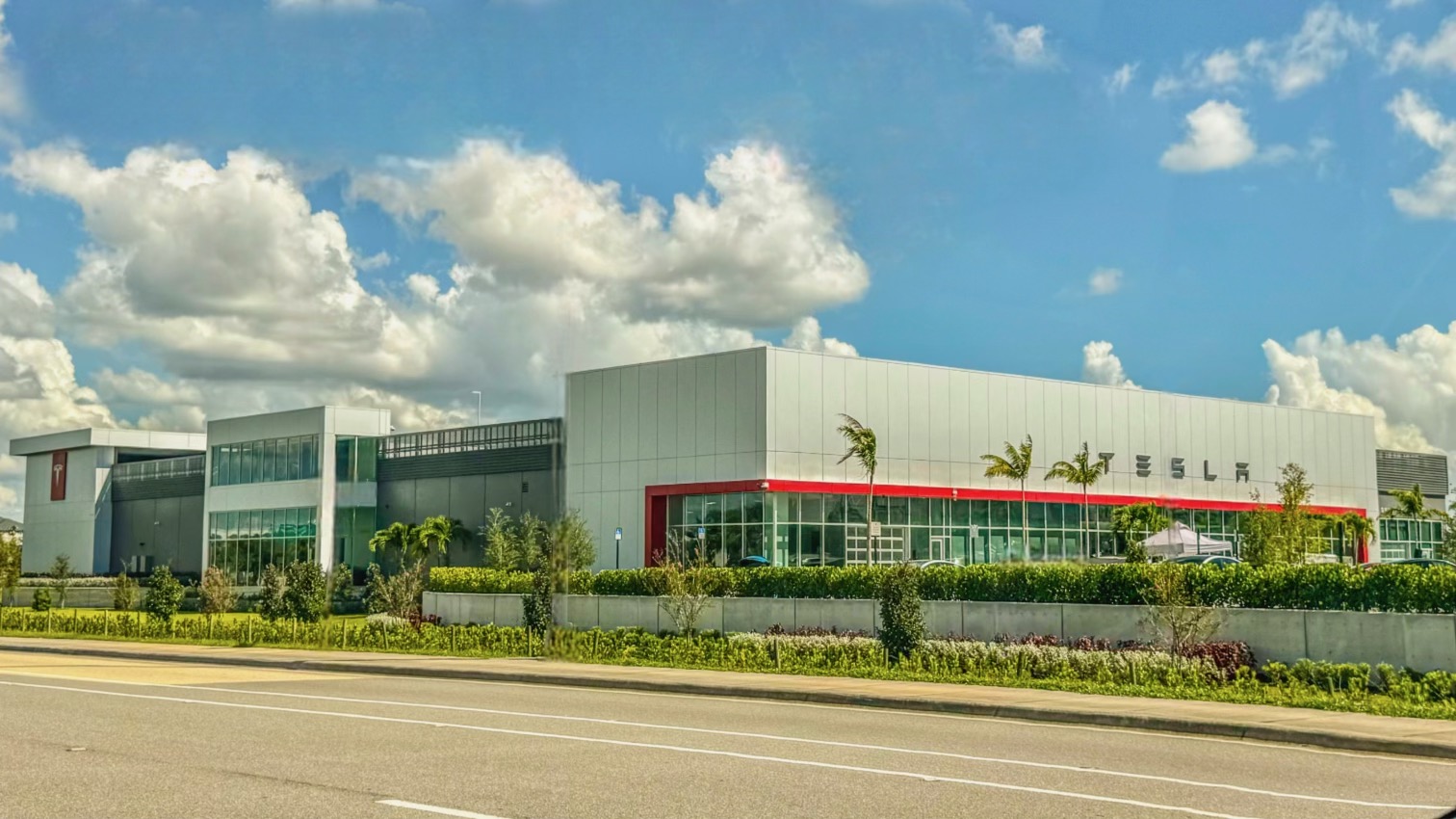Energy group and lignite miner RWE says it is continuing to progress full speed ahead on green electricity production in the Rhenish mining district. Construction of a photovoltaics plant with integrated battery storage system has commenced at the Hambach lignite opencast mine, where RWE will install some 22,000 solar modules, enough to supply more than 3,100 households with green electricity.
RWE is planning to operate the solar projects at the Hambach opencast mine in collaboration with Neuland Hambach GmbH. The company is coordinating the structural change around the opencast mine and is playing a key role in shaping it. Accordingly, the solar-storage project, which is part of the inter-municipal framework plan for re-landscaping the mine and for its intermediate use, has been named ‘RWE Neuland Solar Farm.’
The RWE Neuland Solar Farm is similar in size to the ‘RWE indeland Solar Farm’ at the Inden opencast mine, which has 26,500 solar modules and was presented a few weeks ago.
Katja Wünschel, CEO RWE Renewables Europe & Australia: “This is already the fourth large solar project we are launching in the Rhenish mining district within a very short period of time, again in combination with a storage system. We are stepping up the pace, in particular in our home state of North Rhine-Westphalia, and we are implementing every wind and solar project possible. Across Germany, the capacity of these renewable energy projects will amount to 1,000 megawatts by 2030, with at least 500 megawatts to be located in the Rhenish mining district. To this end, we are investing around €4 billion gross.”
Lars Kulik, CTO Lignite at RWE Power: “The ‘RWE Neuland Solar Farm’ will also be built on a recultivated opencast mining site. It is located near the shore of the future Hambach Lake and will be reached by its water level in decades only. Until the lake is completely filled with water, around 40 years from now, the area is being put to good use temporarily for solar farms. In this way, even opencast mines that are still active can already contribute towards the energy transition.”
After completion, currently planned for the end of 2023, the ‘RWE Neuland Solar Farm’ will have a capacity of 8.4 megawatts (MWac). Bifacial modules, which are photosensitive on both sides are installed. The advantage of these is that, in addition to sunlight hitting the panels directly, they can also utilise light reflected by the ground to the rearside of the modules. This makes these modules extremely efficient. The battery storage system is designed for a two-hour charging and supply cycle of over 8 megawatt hours, functioning as a buffer between generation and grid.
The new plant is being built next to the ‘RWE Neuland 1 Solar Farm’ with a planned capacity of 17.6 MWac. Subject to planning permission going through quickly, installation could commence as early as this year.




